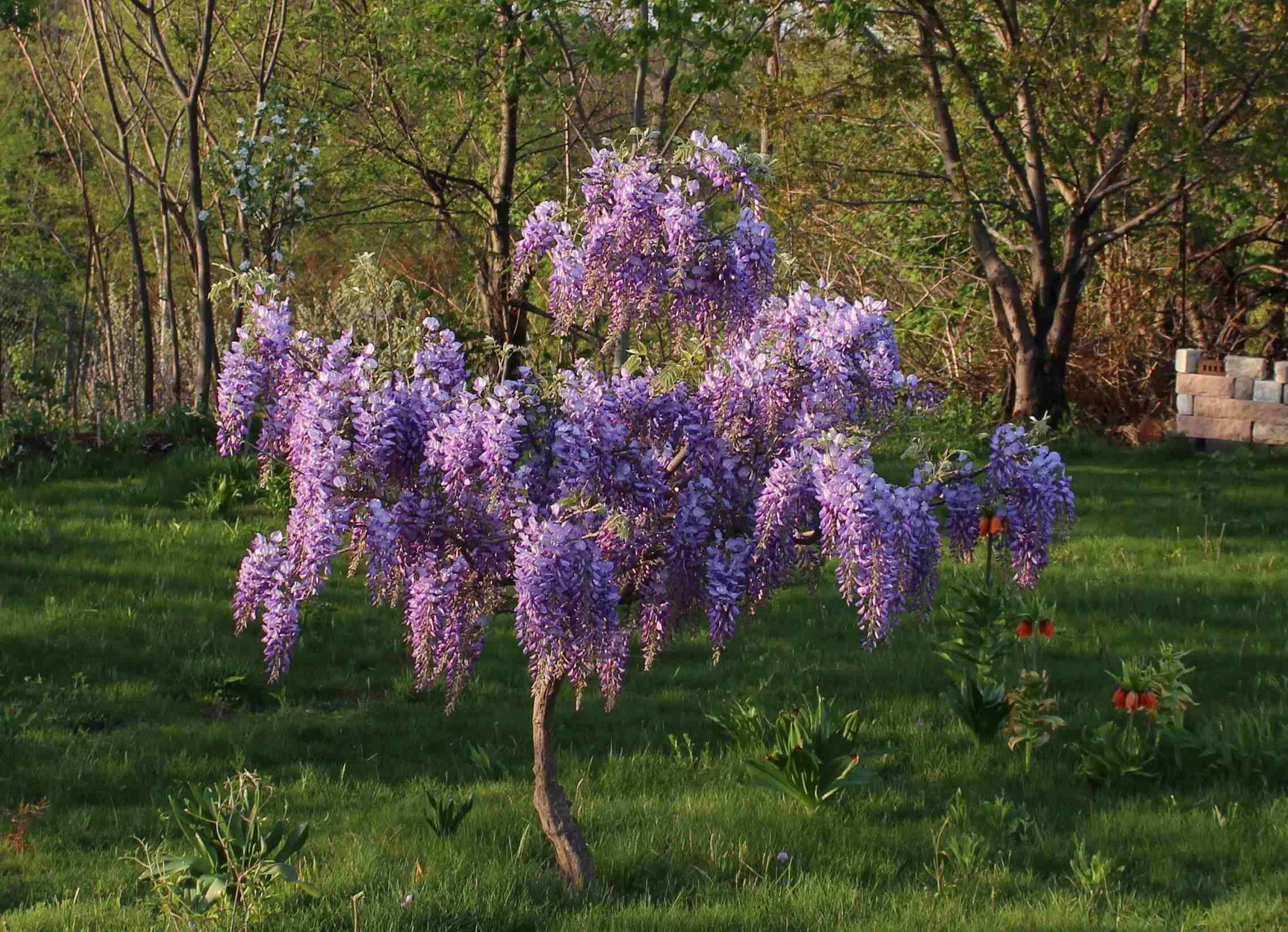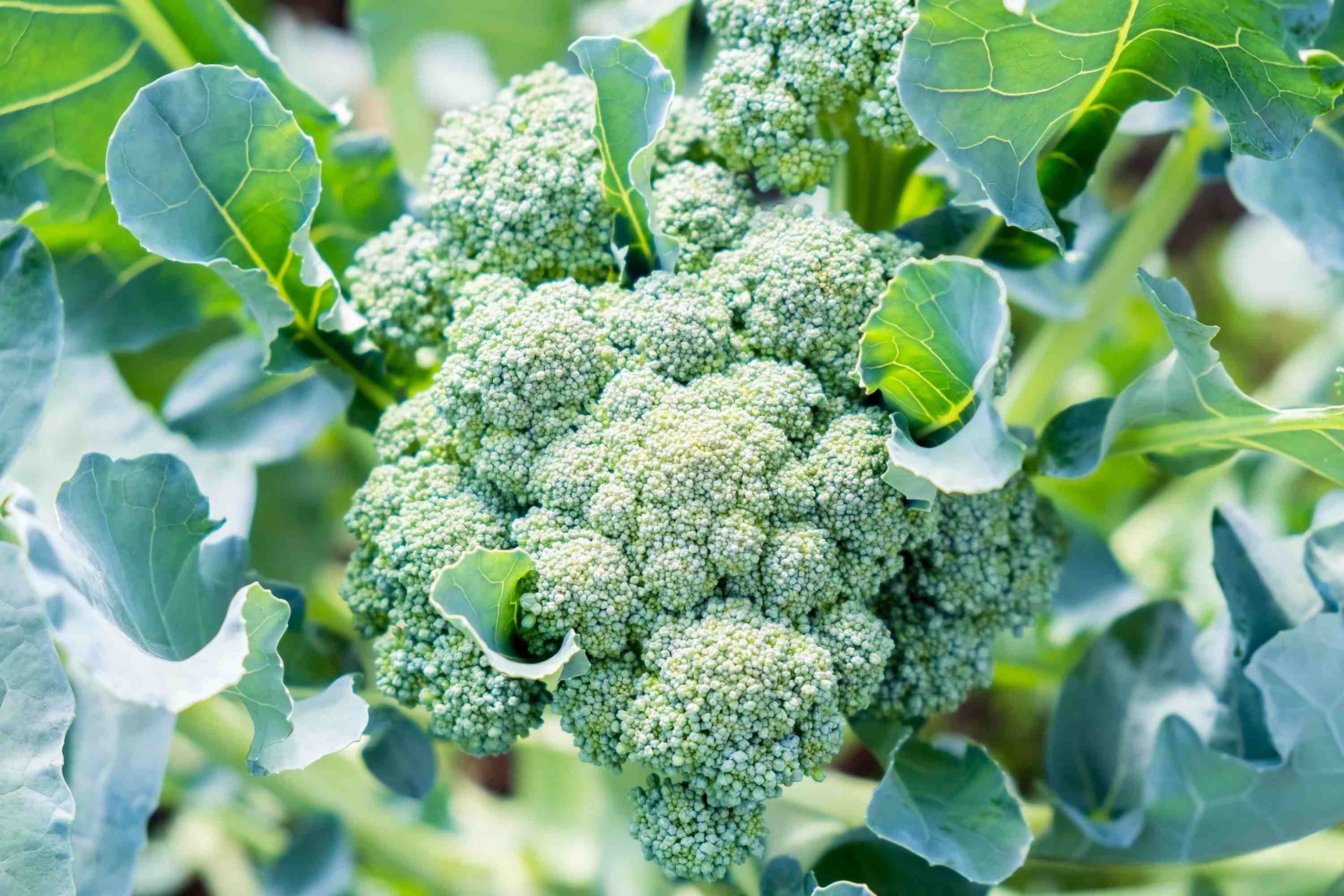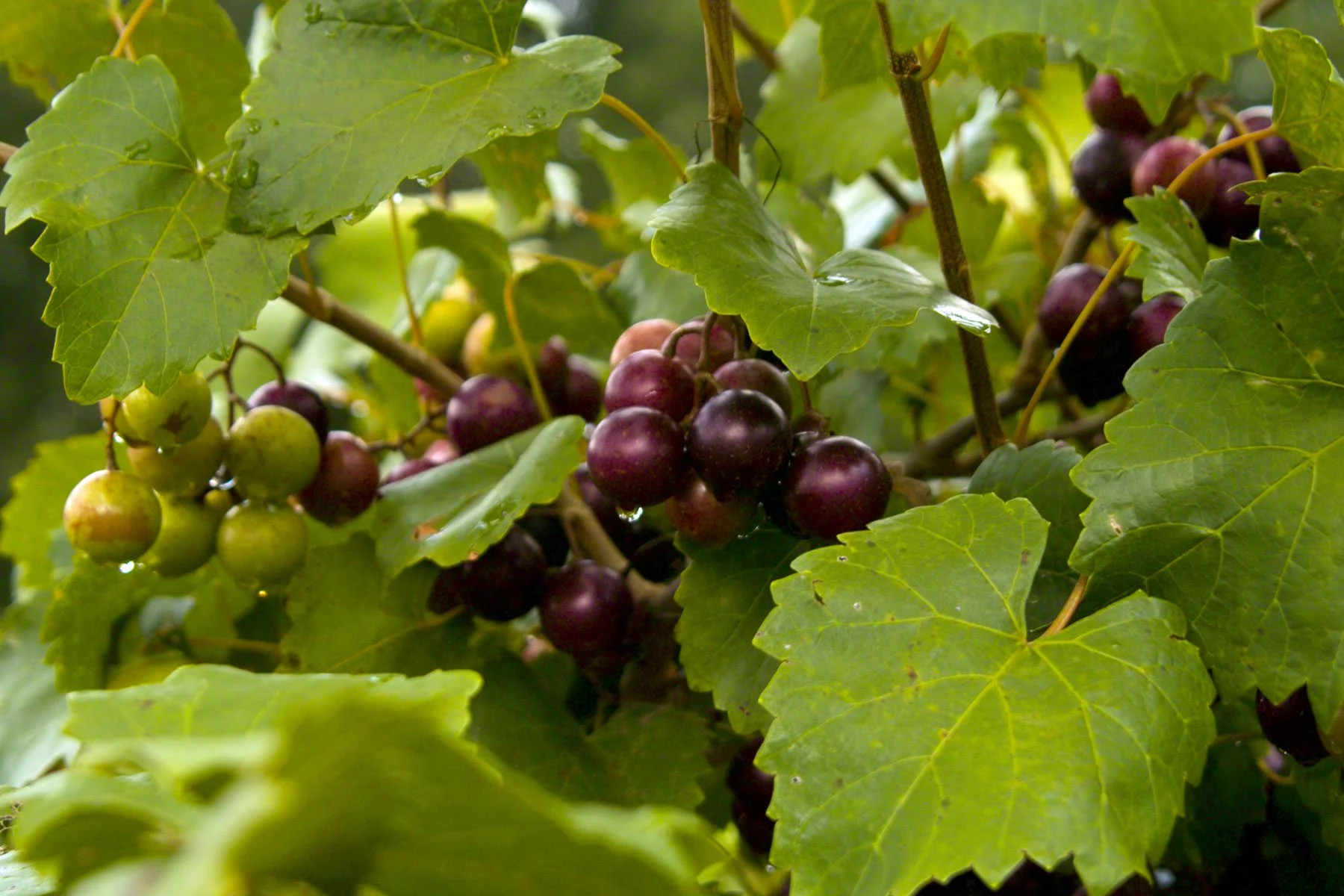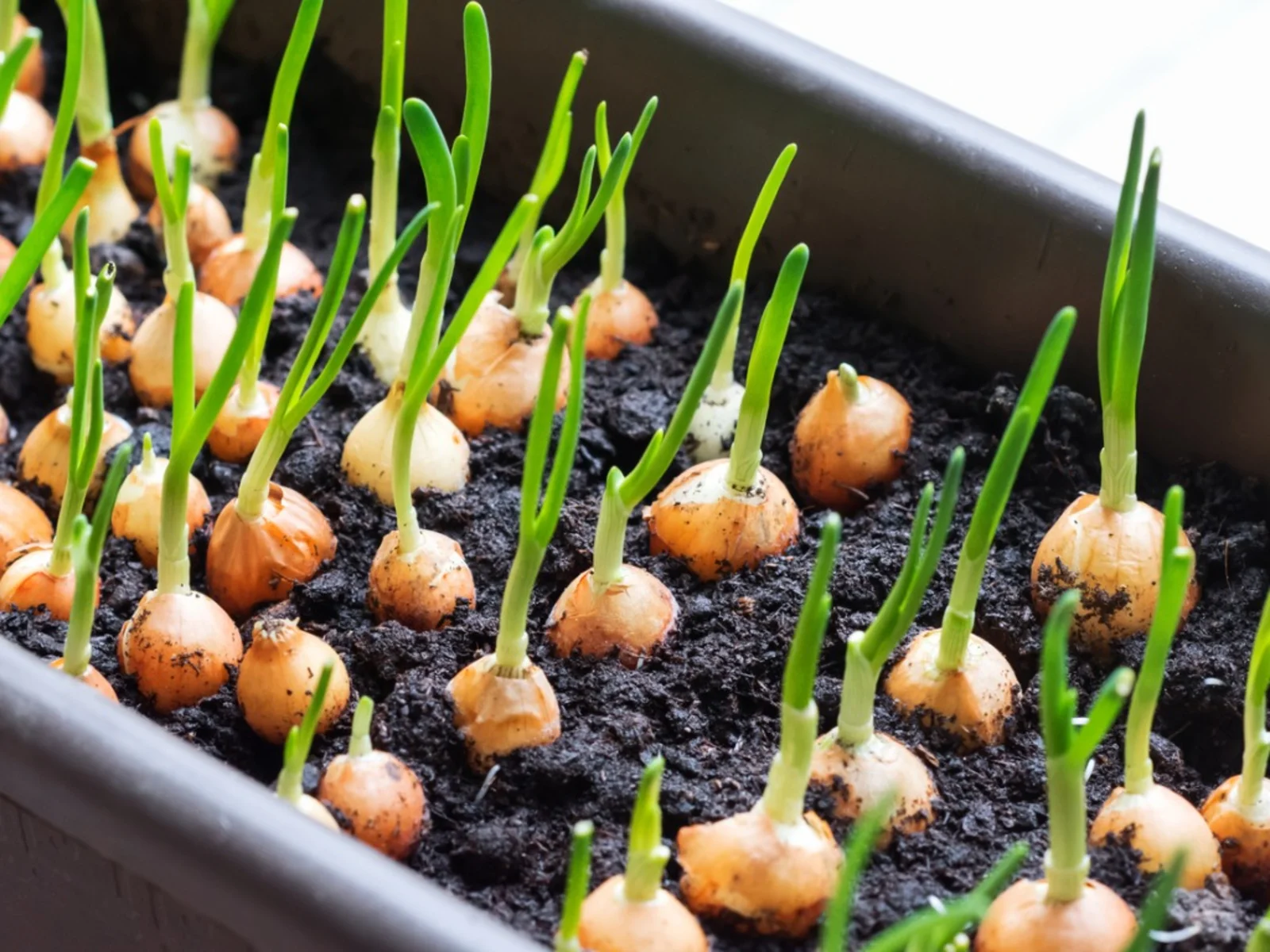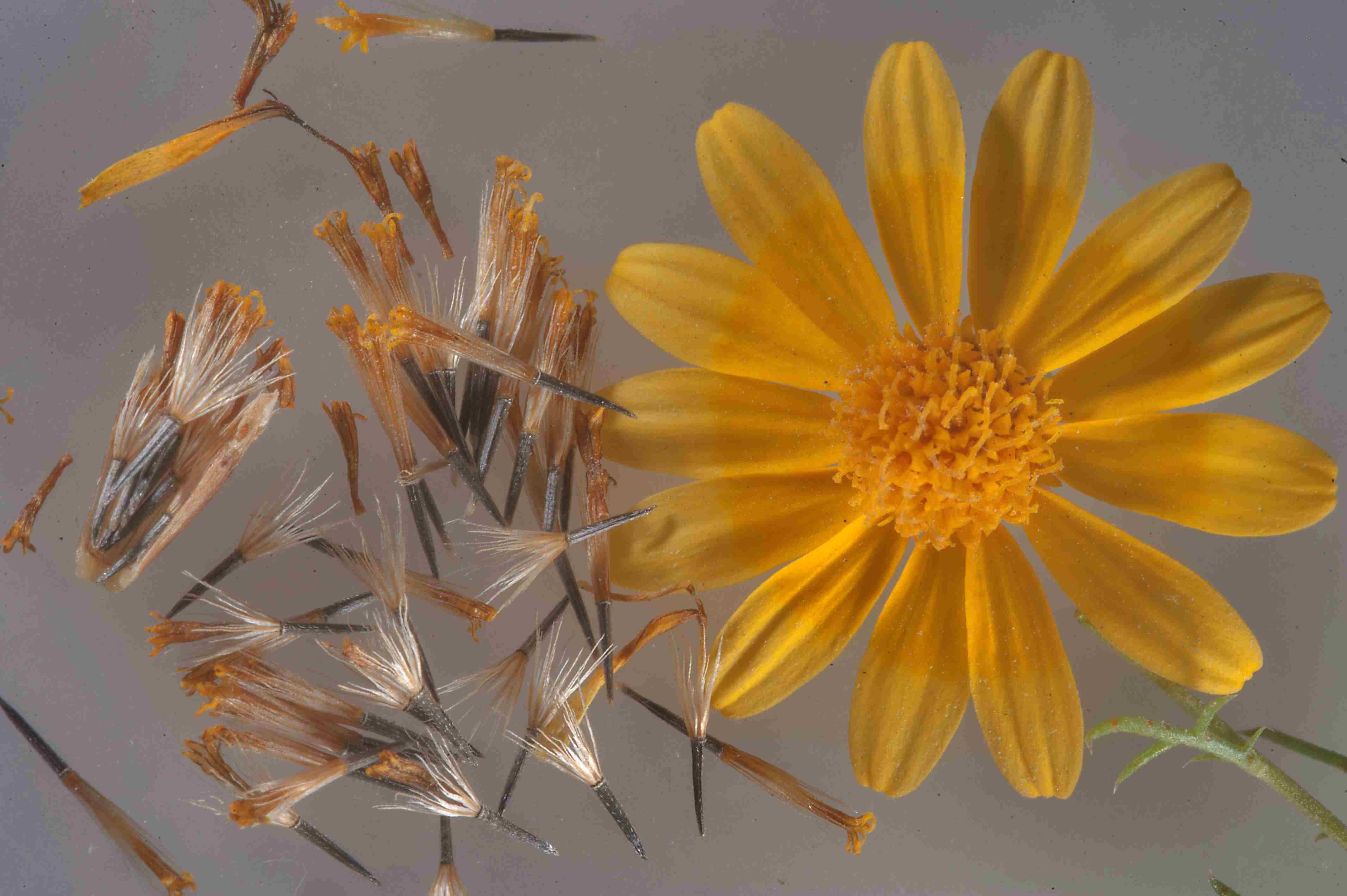Home>Types of Gardening>Ornamental Gardening>How To Collect Geranium Seeds


Ornamental Gardening
How To Collect Geranium Seeds
Modified: January 22, 2024
Learn how to collect geranium seeds in this comprehensive guide on ornamental gardening. Start saving and propagating your own beautiful geranium plants today!
(Many of the links in this article redirect to a specific reviewed product. Your purchase of these products through affiliate links helps to generate commission for Chicagolandgardening.com, at no extra cost. Learn more)
Table of Contents
Introduction
Ornamental gardening is a fulfilling hobby that allows you to create breathtaking displays of color and beauty in your outdoor space. One of the joys of gardening is the ability to propagate and expand your plant collection. While many gardeners are familiar with propagating plants from cuttings or divisions, collecting seeds is an equally rewarding and cost-effective method of growing new plants. In this article, we will explore the fascinating world of geranium seeds and learn how to collect them.
Geraniums, scientifically known as Pelargonium, are popular flowering plants that come in a wide array of colors and varieties. These versatile plants are known for their vibrant blooms and attractive foliage, making them a staple in many gardens around the world. Collecting geranium seeds allows you to preserve the unique characteristics of your favorite plants, grow new varieties, and share them with friends and family.
Understanding the process of collecting geranium seeds is essential to ensure successful propagation. Timing is crucial when it comes to seed collection, as seeds need to be fully mature and dry before harvesting. Additionally, knowing the right techniques for extracting and storing geranium seeds will greatly increase their viability for future planting.
In this comprehensive guide, we will walk you through the step-by-step process of collecting geranium seeds, including when to collect them, the tools you’ll need, and how to properly store and care for the seeds. By the end of this article, you’ll be equipped with the knowledge and skills to confidently collect and propagate geranium seeds in your garden.
Understanding Geranium Seeds
Before diving into the process of collecting geranium seeds, it’s important to have a basic understanding of what geranium seeds are and how they function. Geranium seeds, also known as pelargonium seeds, are the reproductive units of the geranium plant. These seeds contain all the genetic information necessary to grow and develop into a mature plant.
Geranium seeds are typically small, oval-shaped, and range in color from black to brown. Each seed is coated with a protective outer layer, known as the seed coat, which helps safeguard the embryo inside. This seed coat serves as a barrier, preventing the embryo from germinating prematurely and ensuring its survival until the optimal conditions for growth are present.
Geranium seeds have a dormant period, which means they remain in a state of inactivity until specific environmental conditions are met. These conditions typically include factors such as the right temperature, moisture levels, and exposure to light. Once the seed has acquired the necessary conditions, it will break its dormancy and begin the germination process.
Geranium seeds have a unique germination process that involves several stages. First, the seed absorbs water, which softens the seed coat and triggers the embryo to enlarge. As the embryo swells, it pushes against the seed coat, causing it to crack or split open. This allows the emerging root, known as the radicle, to grow downwards into the soil.
Once the radicle has established itself, the seedling will begin to develop its first set of leaves, known as the cotyledons. These initial leaves provide the seedling with energy in the form of stored nutrients, allowing it to continue growing until it can produce its own energy through photosynthesis.
Understanding the intricate process of geranium seed development and germination will give you a better appreciation for the importance of collecting and storing seeds properly. By preserving the quality and viability of geranium seeds, you can ensure a successful and rewarding gardening experience.
When and How to Collect Geranium Seeds
Collecting geranium seeds at the right time is crucial for successful propagation. The ideal time to collect geranium seeds is when the seed capsules have turned brown and dried up completely on the plant. This indicates that the seeds inside are mature and ready for harvesting.
You can also gently squeeze the seed capsule to check if it is dry and brittle. If it easily cracks open, revealing the enclosed seeds, then it is a good indication that they are ready to be collected.
When collecting geranium seeds, it is best to do so on a dry and sunny day. This helps ensure that the seeds are completely dry and less prone to mold or rot during the storing process. Avoid harvesting seeds after rainfall or when the weather is humid, as this can increase the moisture content and reduce seed viability.
To collect the geranium seeds, start by cutting the seed heads or capsules from the plants using clean and sharp pruning shears. Place them in a clean container or paper bag to prevent any loss of seeds.
Once you have collected the seed heads or capsules, it’s time to extract the seeds. Gently crush the dried seed heads or capsules using your fingers or a mortar and pestle to release the seeds. Some seeds may naturally fall out, while others may still be attached to the remains of the seed head.
To separate the seeds from the remaining debris, you can use a sieve or mesh screen. Gently shake or tap the seed heads over the sieve, allowing the smaller seeds to pass through while retaining any larger debris. Repeat this process until all the seeds have been extracted.
It’s important to note that geranium seeds are tiny and can be easily lost or mixed with other debris. Working in a clean and organized area, such as over a large white paper or tray, can help you spot and collect any stray seeds that may have fallen during the extraction process.
Now that you have successfully collected geranium seeds, let’s move on to the next section to learn how to store them properly for future use.
Step-by-Step Guide to Collecting Geranium Seeds
Collecting geranium seeds is a simple and enjoyable process that allows you to preserve the unique characteristics of your favorite geranium plants. Follow this step-by-step guide to ensure successful collection and storage of geranium seeds:
- Wait for the right time: Geranium seeds are ready for collection when the seed capsules have turned brown and dried up completely on the plant. This indicates that the seeds inside are mature and ready to be harvested.
- Prepare your tools: Before you begin, gather clean and sharp pruning shears, a clean container or paper bag, and a sieve or mesh screen.
- Harvest the seed heads: Using the pruning shears, carefully cut the seed heads or capsules from the geranium plants. Place them into the clean container or paper bag to prevent any loss of seeds.
- Extract the seeds: Crush the dried seed heads or capsules using your fingers or a mortar and pestle to release the seeds. Some seeds may naturally fall out, while others may still be attached to the remains of the seed head.
- Separate the seeds: Use a sieve or mesh screen to separate the seeds from any debris. Simply shake or tap the seed heads over the sieve, allowing the smaller seeds to pass through while retaining any larger debris. Repeat this process until all the seeds have been extracted.
- Clean and sort the seeds: Transfer the collected seeds onto a large white paper or tray. This helps you spot and collect any stray seeds that may have fallen during the extraction process. Gently remove any remaining debris to ensure your seeds are clean and ready for storage.
Following these steps will ensure that you collect a good quantity of clean and viable geranium seeds. Once you have acquired your seeds, it’s important to know how to store them properly for future use. The next section will guide you through the process of storing geranium seeds to maintain their viability.
How to Store Geranium Seeds
Proper storage of geranium seeds is essential to maintain their viability and ensure successful germination in the future. Here are the steps to follow when storing geranium seeds:
- Dry the seeds: Before storing, make sure the seeds are completely dry. Place them in a well-ventilated area away from direct sunlight for a couple of weeks. This ensures any residual moisture evaporates and reduces the risk of mold or rot during storage.
- Label and package: Once the seeds are dry, label an airtight container or small envelopes with the seed variety and collection date. This helps you keep track of the different types of geranium seeds you have stored.
- Store in a cool, dry place: Place the labeled containers or envelopes in a cool and dry location, such as a basement or refrigerator. The ideal storage temperature for geranium seeds is around 40-50°F (4-10°C). Avoid storing them in hot or humid environments, as this can reduce the seeds’ viability.
- Avoid temperature fluctuations: Keep the storage temperature consistent to prevent any temperature fluctuations, which can negatively impact seed viability. Avoid opening the containers frequently, as it can expose the seeds to changes in temperature and humidity.
- Check for moisture periodically: Periodically check the stored geranium seeds for any signs of moisture or mold. If you notice any, remove the affected seeds immediately to prevent the spread of mold to the rest of the collection.
- Monitor seed viability: Geranium seeds can remain viable for several years if stored properly. However, germination rates may decrease over time. To ensure the seeds are still viable, test a small sample by placing them on a damp paper towel. If they germinate within a reasonable time frame, the rest of the stored seeds should still be viable.
By following these storage guidelines, you can preserve the quality and viability of your geranium seeds, ensuring successful germination and future plant growth. Now that you know how to collect and store geranium seeds, let’s explore some tips to enhance your success in germinating and growing these beautiful plants.
Tips for Successful Geranium Seed Collecting
Collecting geranium seeds can be an exciting and rewarding experience. To increase your chances of success, consider the following tips:
- Choose healthy parent plants: When selecting plants for seed collection, choose healthy and vigorous plants that exhibit the desired traits you wish to preserve. Avoid collecting seeds from weak or diseased plants, as this can affect the quality and viability of the seeds.
- Isolate different varieties: If you have multiple varieties of geraniums in your garden, be sure to isolate them to prevent cross-pollination. Cross-pollination can result in hybridization, which may produce offspring that differ from the parent plants.
- Collect a sufficient quantity: Collecting a good quantity of seeds increases the likelihood of finding viable seeds for future germination. Aim to collect a few seed heads or capsules from each plant to ensure a diverse and ample seed collection.
- Store seeds in airtight containers: Using airtight containers or small envelopes helps to maintain a stable storage environment and protect the seeds from moisture and pests. Make sure the containers are properly labeled for easy identification.
- Keep records: Keep a record of the seed varieties you collect, including the date of collection and any specific characteristics or traits you want to preserve. This information will be valuable when planning future plantings.
- Share seeds with fellow gardeners: Geranium seeds have the potential to produce beautiful and unique plants. Consider sharing your surplus seeds with fellow gardeners to promote biodiversity and encourage the growth of diverse plant populations.
- Experiment and have fun: Don’t be afraid to experiment and try different approaches to germinating and growing geranium plants from seeds. This allows you to learn and discover new techniques that work best for your specific gardening conditions.
Following these tips will not only increase your chances of successful geranium seed collecting but also contribute to a vibrant and diverse gardening community. Now that you have a comprehensive understanding of geranium seed collection and storage, you are well-equipped to embark on your seed-saving journey.
Conclusion
Collecting geranium seeds is a satisfying and cost-effective way to expand your ornamental garden and preserve the unique characteristics of your favorite geranium plants. By understanding the timing and techniques for collecting geranium seeds, you can ensure successful propagation and enjoy a diverse and thriving garden for years to come.
In this article, we explored the process of collecting geranium seeds, from understanding the anatomy of geranium seeds to the step-by-step guide for collecting and storing them. We discussed the importance of waiting for the right time to collect the seeds, using proper tools, and separating the seeds from debris. We also emphasized the significance of drying the seeds thoroughly and storing them in a cool, dry place to maintain their viability.
Furthermore, we provided tips for successful geranium seed collecting, such as choosing healthy parent plants, isolating different varieties, and keeping records of your seed collection. By following these tips, you can enhance your chances of collecting and preserving high-quality geranium seeds.
Collecting geranium seeds not only allows you to continue growing your favorite plants but also presents opportunities for experimentation and sharing with others. By sharing your surplus seeds with fellow gardeners, you contribute to the preservation of biodiversity and the joy of gardening.
Now that you have gained a comprehensive understanding of geranium seed collecting, it’s time to put your knowledge into practice. Begin exploring the fascinating world of geranium seeds, collect and store them with care, and watch as your garden flourishes with the beauty and diversity of these remarkable plants.

